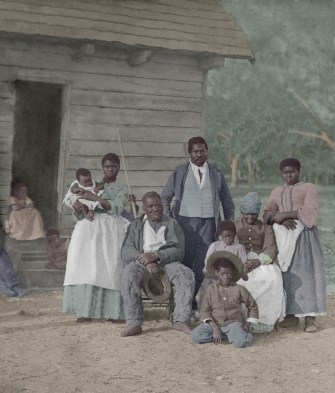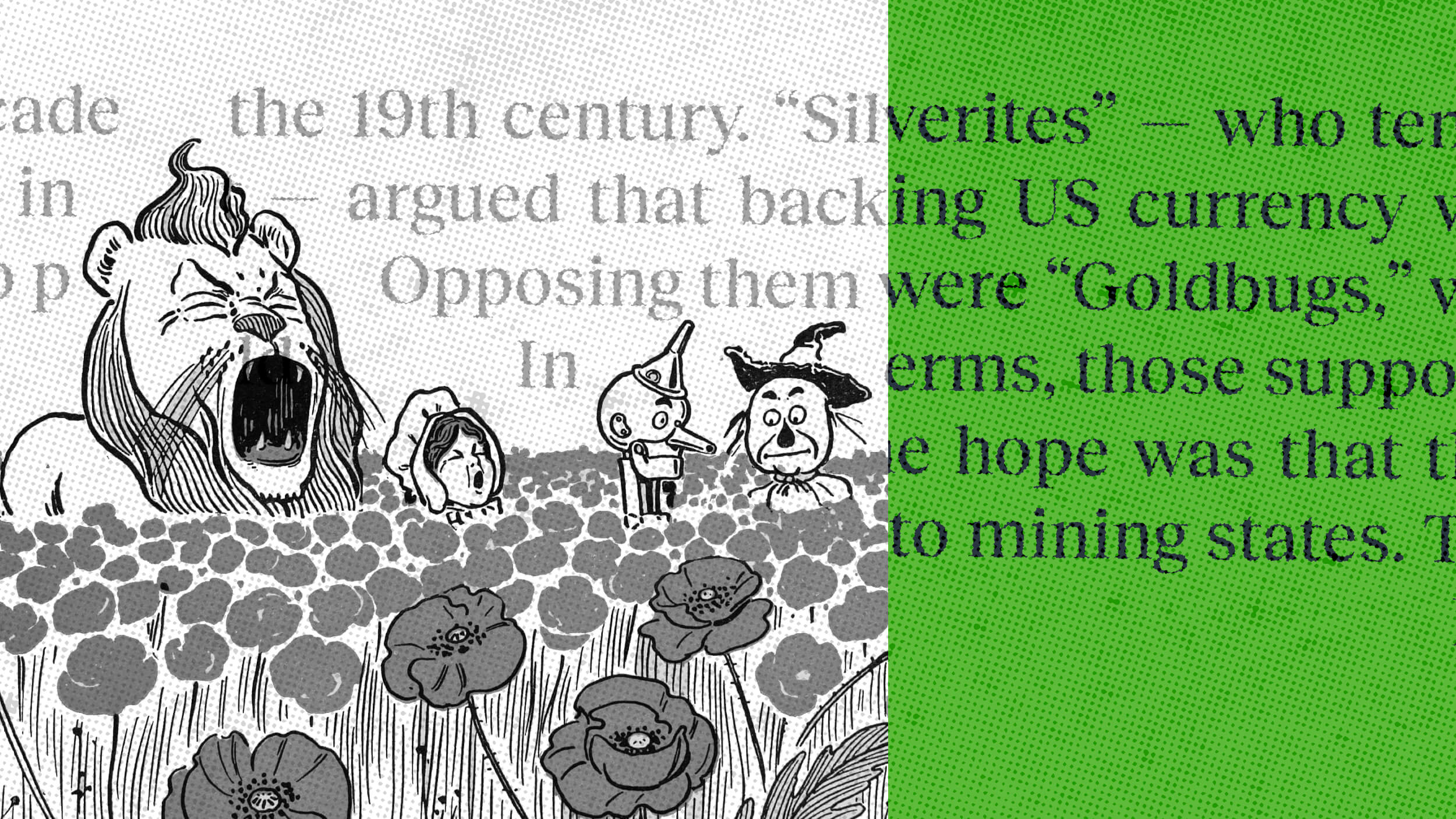5 ways of valuing a human being

Photo credit: Bruce Dixon on Unsplash
- Most of us like to think the value of a life is priceless, but numerous institutions have put a price on human beings in the past.
- These estimates vary depending on the scope.
- From just $90 to nearly $10 million, how much is a human being worth?
How much are you worth? Maybe the first thing to come to mind is what’s left over after you add up all of your assets and subtract all your debts, but most of us would balk at the idea that that’s our actual value. What about the value of your perspicacity, your intelligence, your sense of humor?
How do you put a price on how important you are to the people who love you in your life, or what potential contributions you may make to society over the course of your life? Depending on your scope, calculating the value of a human life can come up with some wildly different estimates. Here are some of the prices that we’ve put on ourselves.

According to Immanuel Kant, you can’t put a price on human dignity. Imagge source: Wikimedia Commons
1. Priceless
This is almost certainly the default and preferred position of most human beings — that their life, and by extension all others, is so valuable that putting a price tag on it is not a useful concept.
The German philosopher Immanuel Kant argued that “everything has either a price or a dignity. Whatever has a price can be replaced by something else as its equivalent; on the other hand, whatever is above all price, and therefore admits of no equivalent, has a dignity.” For Kant, humanity and human rationality had dignity. They are irreplaceable, and so cannot be valued in price.
Kant was best known for his moral philosophy, but philosophy often fails to persist when applied to the real world. Human dignity may not have a price, but various institutions have tried to price it anyways.
2. About $10 million
When determining policies, institutions can’t make evidence-based judgements by assigning human life an infinite value. Instead, they use a concept called the “value of a statistical life.” This is different than the value of an actual life, which may very well be priceless. The value of a statistical life is easiest to understand through an example.
Say 100,000 people have a disease that has a 1/100,000 chance of killing them in a year. Suppose that they were each willing to pay $100 for a medication that would protect them from this 1 in 100,000 chance. If they all bought the medication, then we would expect to see one fewer death in that group of 100,000 — a statistical life saved. In this circumstance, the value of a statistical life would be $10 million: $100 for the medication × 100,000 people = $10 million = 1 statistical life. In essence, the value of a statistical life is a way of putting a price on a single life by measuring how much people are willing to pay for small reductions in their risk of mortality.
Government agencies use this method to make policy decisions, and they come up with varying figures. One of the highest, however, is the figure the EPA has come up with: coincidentally, also just about $10 million. Specifically, the EPA uses $7.4 million in 2006 dollars and then adjusts for inflation, which works out to be $9.4 million in 2019; figures can vary for a given project or program.

Photograph of an enslaved family taken in 1862.
Shutterstock
3. $150,000
This number represents the average price of a slave when the South seceded from the Union adjusted to today’s prices. At that time, a slave cost on average $800 (in 1860 dollars). However, the price could vary considerably: 25-year-old males were valued the most, but this could change depending on the slave’s height, health, skills, vices, history of escape attempts, and so on.
If we simply adjusted that $800 price for inflation, we’d get about $25,000, but adjusting for inflation on these timescales isn’t entirely accurate. Why? Because even economic historians use different measures and indexes depending on the context of the question. Consumer behavior was very different in the 1800, so the value of a dollar was commensurately different. That is, the value of a dollar may have inflated considerably, but the perceived value of a specific good or service even more so.
We know what $25,000 gets us today, but hardly any of those things were available or priced similarly in the 1800s. So, depending on the method used, the value of a slave in the 19th century can vary considerably — perhaps as high to what we modernly consider $150,000. One commonly cited figure, however, is that a slave cost $40,000 in today’s dollars.
4. $90
Tragically, slavery has persisted, and the practice has become even more heartless. Today, the global average cost of a slave is just $90, according to Kevin Bales of the University of Nottingham and the Free the Slaves NGO. There are a few possible explanations for this dramatic drop in price. First, the supply of slaves is greater than it ever has been before. It’s far easier to acquire slaves than it was a couple of centuries ago. In addition, slaves in the early U.S. were treated as long-term investments; today, slave owners are more likely to abandon or kill injured or sick slaves rather than pay for medical treatment.
5. A little less than $1,000
Let’s say you had an incredible machine that could instantly break up any molecules into their constituent elements, and, since you are an extremely morbid person with more curiosity than benevolence, you dump a human body into this device. Ninety-nine percent of the body is made up of oxygen, carbon, hydrogen, calcium, and phosphorus, so we’ll see what these elements are worth.
Assuming you chucked a 70 kg (150 lb) human body into your machine, you would get 43 kg of oxygen, 16 kg of carbon, 7 kg of hydrogen, 1.8 kg of nitrogen, 1 kg of calcium, and 0.78 kg of phosphorus. Based off of this table, you could then sell these materials for about $989.20: $129 for the oxygen, $384 for the carbon, $35 for the hydrogen, $7.2 for the nitrogen, $200 for the calcium, and $234 for the phosphorus.
Of course, this is really just some back-of-the-napkin math. Prices vary depending on the market, and there’s a whole bunch of other elements in your body that could contribute, like gold and potassium, that are in small quantities but could still be very valuable. The point of this exercise is, however, that the body by itself isn’t worth very much.





